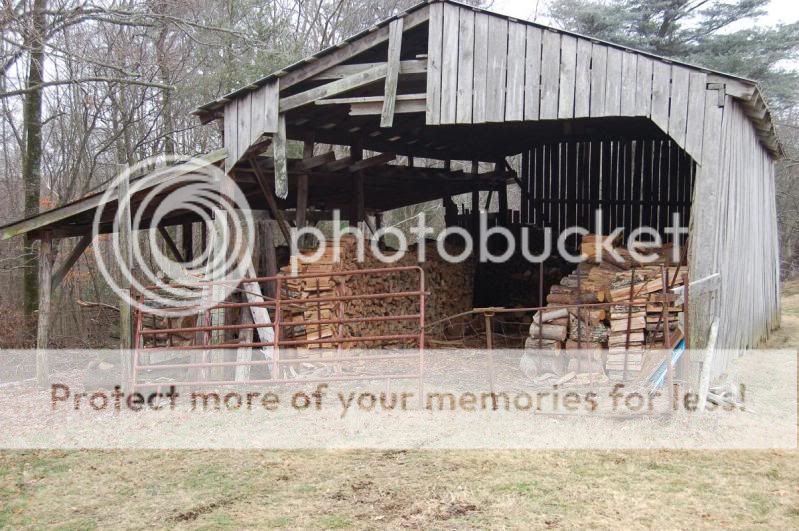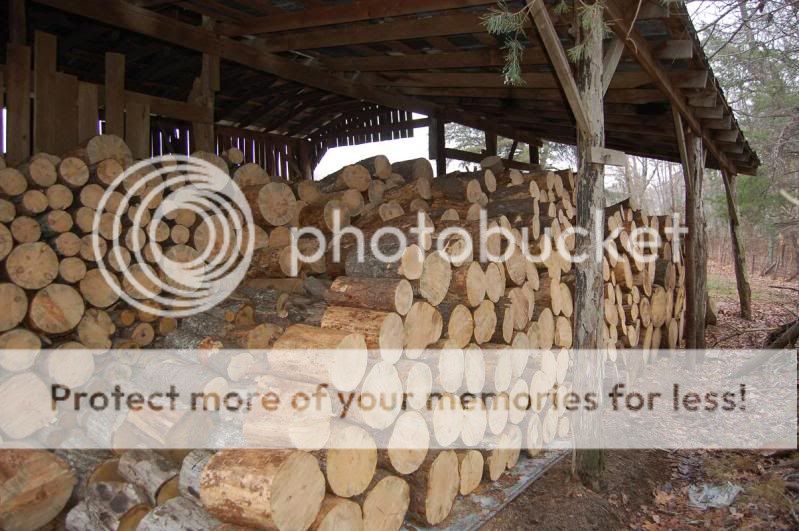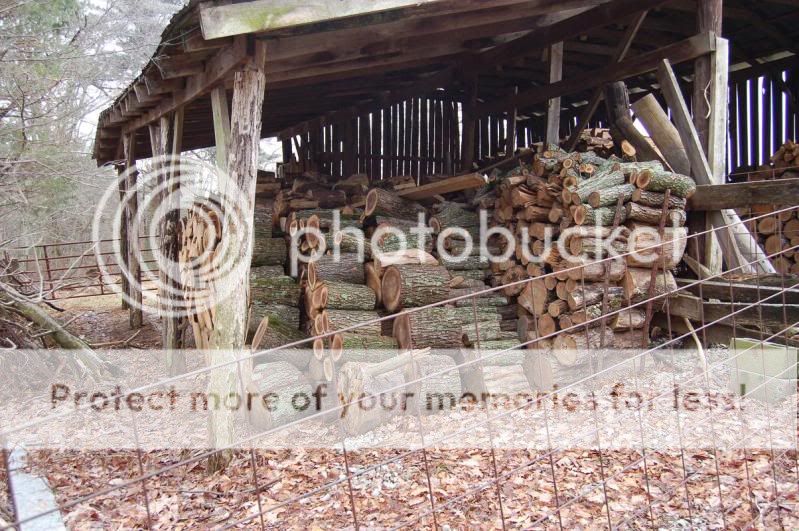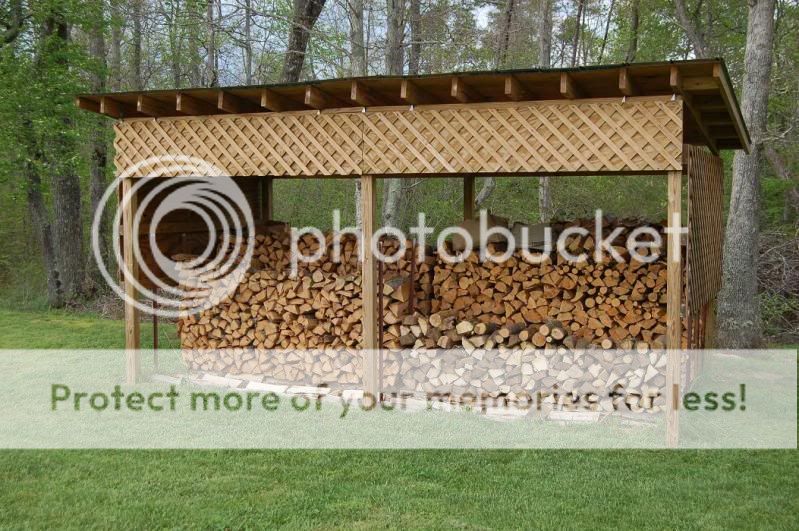I'd like a bit of advice.
I have an old farm house with the standard empty sheds and one large barn. I have an old pig barn/shed that is about 30X15 and is one story. The roof is steel painted black. Plenty of ventilation. During the summer heat it easily gets to 120 + in this barn. Ive begun stacking my wood in this shed because . . . well. . . I dont have a real wood shed. Is there any reason I cannot use this for a wood shed? Will the hot temps in the shed do anything bad to the wood? Basically I think it will be like kiln drying the stuff. Maybe the wood will even be ready in 8 or 10 months instead of the year + that is normal. What am I missing?
Little Spark
I have an old farm house with the standard empty sheds and one large barn. I have an old pig barn/shed that is about 30X15 and is one story. The roof is steel painted black. Plenty of ventilation. During the summer heat it easily gets to 120 + in this barn. Ive begun stacking my wood in this shed because . . . well. . . I dont have a real wood shed. Is there any reason I cannot use this for a wood shed? Will the hot temps in the shed do anything bad to the wood? Basically I think it will be like kiln drying the stuff. Maybe the wood will even be ready in 8 or 10 months instead of the year + that is normal. What am I missing?
Little Spark






